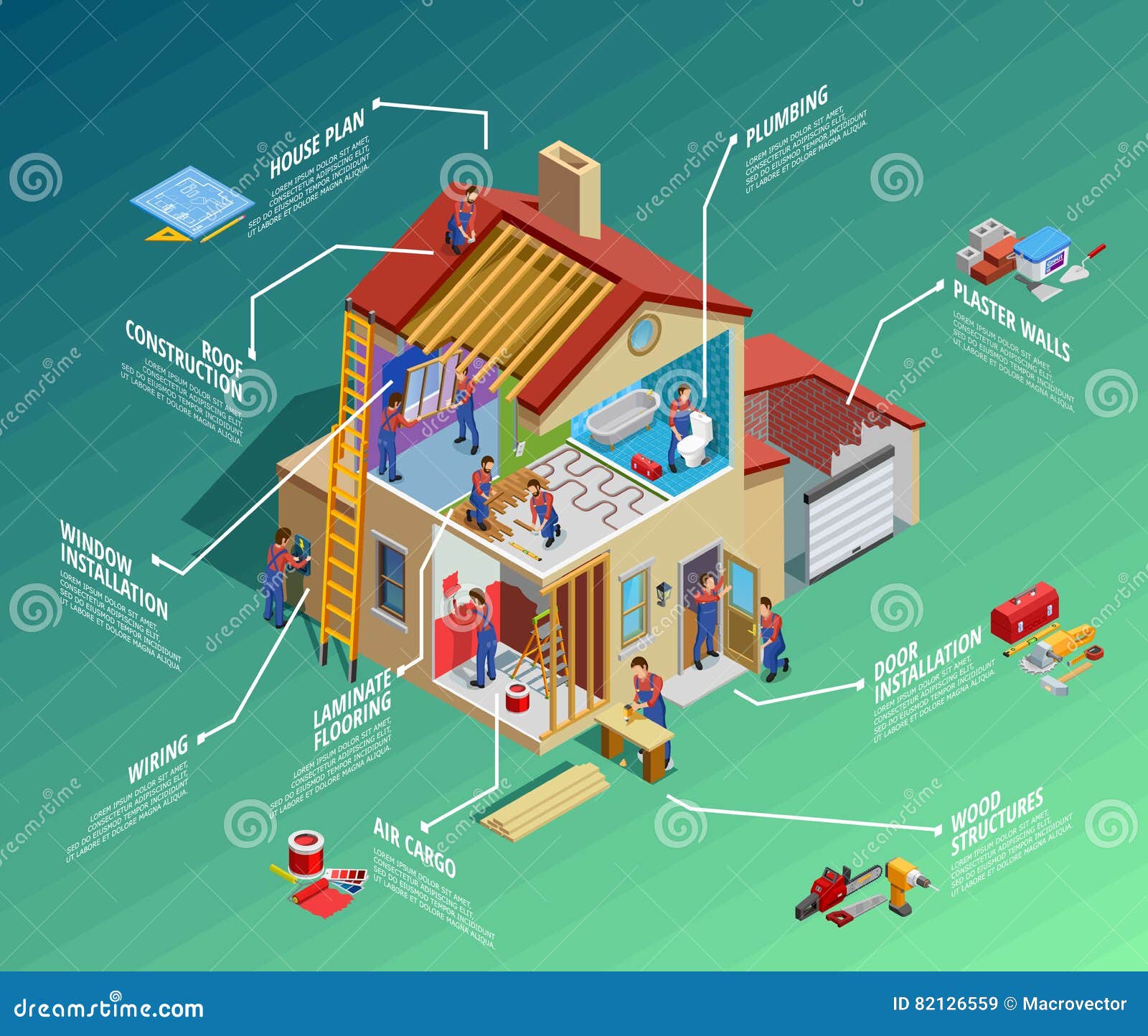So, you've found out about solar panels and their potential to generate power from sunlight, but just how precisely do they work? Comprehending the intricate technology behind solar panels can be a fascinating journey right into the globe of renewable resource. From the basic principles of solar batteries to the complex parts that comprise a photovoltaic panel system, there's a whole world of knowledge waiting to be discovered. Let's unwind the mysteries of solar panel technology together.
Solar Panel Technology Basics
To absolutely realize the essence of solar panel modern technology, you should explore the essential principles that underpin its functionality. Solar panels contain photovoltaic cells, generally made from silicon, which have the exceptional ability to convert sunshine into electrical energy through the solar effect. When solar battery installers near me strikes the cells, the photons in the light interact with the silicon atoms, causing the electrons to damage without their atomic bonds. This produces an electrical current that can after that be harnessed for powering different devices.
The essential component of photovoltaic panels is the semiconductors within the photovoltaic cells, which promote the conversion of sunshine into usable electricity. These semiconductors have both favorable and adverse layers, creating an electrical area that permits the flow of electrons.
This circulation of electrons, when linked in a circuit, creates direct present (DC) power. Understanding these fundamental concepts is crucial for appreciating just how photovoltaic panels can harness the sun's power to power homes, services, and even satellites in space.
Just How Solar Panels Generate Electricity
Solar panels harness the sunlight's power by converting sunshine right into power via a process known as the photovoltaic result. When sunlight hits the photovoltaic panels, the photons (light fragments) are soaked up by the semiconducting products within the panels, generally constructed from silicon. This absorption produces an electric current as the photons knock electrons loose from the atoms within the product.
visit the following web page within the solar batteries then force these electrons to stream in a certain instructions, creating a direct present (DC) of power. This direct current is then gone through an inverter, which transforms it into rotating existing (AIR CONDITIONING) electricity that can be made use of to power your home or business.
Excess power produced by the photovoltaic panels can be saved in batteries for later use or fed back into the grid for credit rating through a procedure called web metering. Understanding exactly how photovoltaic panels generate electricity is vital to valuing the ecological and cost-saving benefits of solar energy systems.
Comprehending Solar Panel Elements
One crucial facet of photovoltaic panel innovation is recognizing the numerous components that compose a solar panel system.
The essential elements of a solar panel system include the photovoltaic panels themselves, which are made up of solar batteries that transform sunlight into electrical power. These panels are placed on a structure, usually a roofing system, to capture sunlight.
Along with the panels, there are inverters that transform the direct existing (DC) electrical energy generated by the panels right into alternating existing (AC) electrical energy that can be made use of in homes or services.
The system likewise includes racking to support and position the photovoltaic panels for optimal sunshine exposure. Additionally, cables and connectors are important for delivering the electricity generated by the panels to the electrical system of a building.
Lastly, a tracking system may be consisted of to track the efficiency of the solar panel system and ensure it's working successfully. Recognizing these elements is crucial for any individual seeking to set up or use photovoltaic panel innovation effectively.
solar energy international company limited that you recognize the basics of solar panel modern technology and how it works, you can value the power of taking advantage of sunlight to produce clean and renewable resource for your structure. By using the photovoltaic impact and elements like inverters and keeping an eye on systems, you can add to a much more sustainable future while additionally possibly reducing energy expenses. Keep knowing and checking out the opportunities of solar power for a greener tomorrow.
